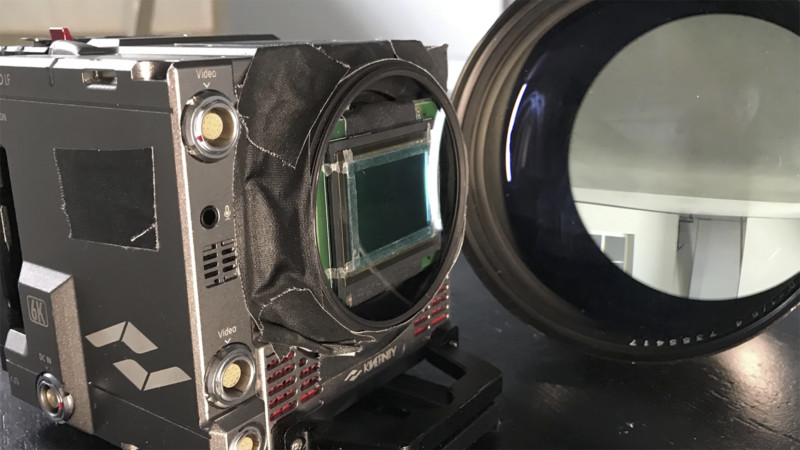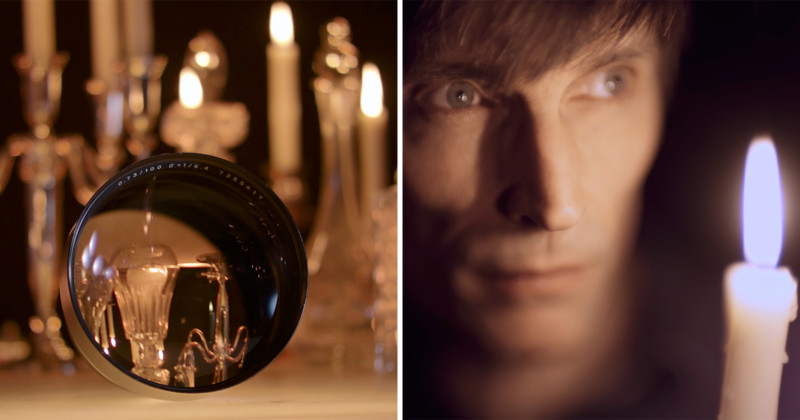The folks over at YouTube channel Media Division recently put together an incredibly comprehensive test of the fastest camera lenses on the market. In this video, they cover everything from the legendary Zeiss R-Biotar 100mm f/0.73 X-Ray lens, to some of the more “practical” options with maximum apertures under f/1.
The full video runs to over 50 minutes, and includes one of the more painful camera modifications you’ll ever witness. They literally remove the sensor from a cinema camera and strap it to the outside of the mount using gaff tape. Paired with a few other modifications, this allows them to use the R-Biotar f/0.73 at infinity, something that wouldn’t be possible otherwise because infinity focus requires a flange distance of just 4mm.
Once they make their modifications and create a working f/0.73 system, they can show you what the lens can really do, compare it to various more practical options (including using speed boosters) and even do some comparisons that show you the difference between shooting ultra-fast and shooting at high ISO with a modern sensor.


The video does an amazing job balancing education in the first part, with experimentation in the second. If you have the time to dive in, you’ll learn about the physics of creating lenses with faster apertures, what the physical (f/0.7) and theoretical (f/0.5) limits are, and why they exist, and how the very few lenses that are faster than this achieved (or didn’t) apertures like f/0.33 and f/0.38.
Then you’ll get to see the real-world benefit, and how you might be able to get similar low-light capability and depth of field without literally pulling the sensor out of your camera to reduce the flange distance.
If you’re a bokeh or low-light maniac, this video should be required watching. But even if you’re not, the extreme examples used here are a great way of demonstrating the physics of aperture by pushing them to their physical limits. Plus… it’s just plain cool. IF that sounds interesting to you check out the full video up top, and then head over to the Media Division channel for more content like it.
(via DIY Photography)